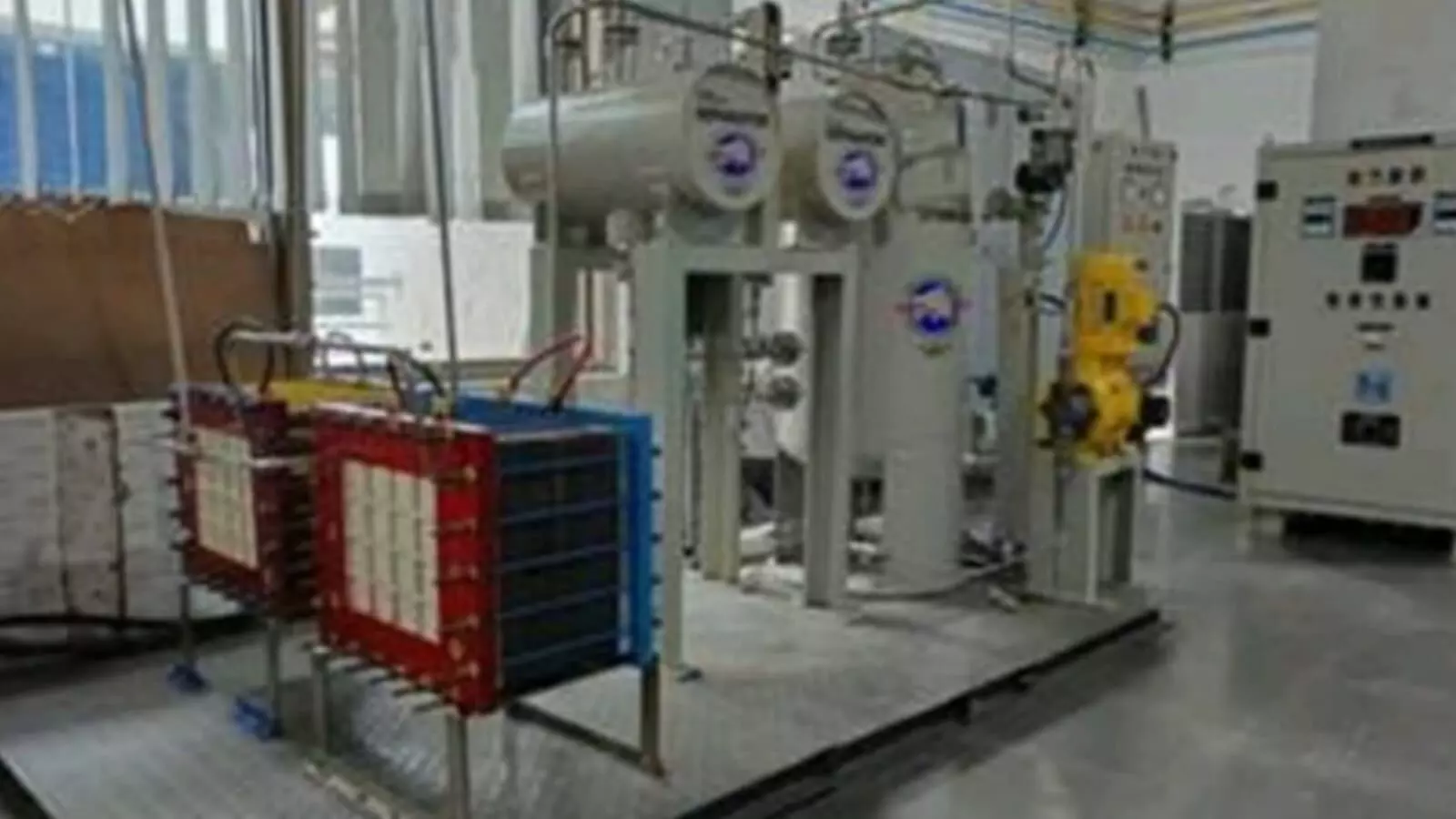ARCI develops energy-efficient hydrogen production method with less carbon footprint
The main advantage of this process is that the electrical energy needed to produce hydrogen is 1/3rd of water electrolysis.
By Newsmeter Network
Hyderabad: Scientists at the International Advanced Research Centre for Powder Metallurgy and New Materials (ARCI) have developed a method to produce hydrogen with high purity (99.99%) from methanol-water mixture at ambient pressure and temperature that uses only one-third of the electrical energy required in water electrolysis.
Water electrolysis and reformation of hydrocarbon like methane are common methods for the production of hydrogen.
ARCI scientists have developed a method that combines both the processes of electrolysis and reformation to produce hydrogen from methanol-water mixture by electrochemical methanol reformation (ECMR) at ambient pressure and temperature. The main advantage of this process is that the electrical energy needed to produce hydrogen is 1/3rd of water electrolysis. ARCI has patented this technology.
In the ECMR process, which uses polymer electrolyte membrane (PEM), hydrogen can be produced at a lower temperature (25-60°C) and pressure, unlike chemical reformation. Hydrogen separation or purification steps are not required since it is being well separated from CO by the polymer membrane used in the system. ARCI team is working on this technology and has developed an electrolysis unit of up to 5.0 kg/day capacity to produce hydrogen. The corresponding energy requirement for the electrolyzer stack is around 17 kWhr/kg. The hydrogen thus produced by ARCI is highly pure (99.99%) and can be directly used in PEM fuel cells to generate power of about 11-13 kW.
The core components of the PEM-based ECMR electrolyzer stack were fabricated indigenously and integrated with other components in the system. The electrolyzer stack was fabricated using exfoliated graphite material as a reactant flow field plate. The use of carbon materials as bipolar plates has been one of the significant achievements in replacing the titanium plates which is otherwise normally used in electrolyzer unit assembly, offering a conservative cost-benefit.
ARCI team has developed the indigenous process for fabricating the core components like Membrane Electrode Assembly (MEA), bipolar plates, and several process equipment. This method will significantly reduce the hydrogen cost compared to the water electrolysis method and can be easily integrated with renewable energy sources. ARCI is working with industry partners for integration with renewable energy sources like PV.
With near-zero emissions and continually replenished fossil fuel resources, hydrogen can be an ideal sustainable energy carrier and would play an immense role in the near future, the scientists said.